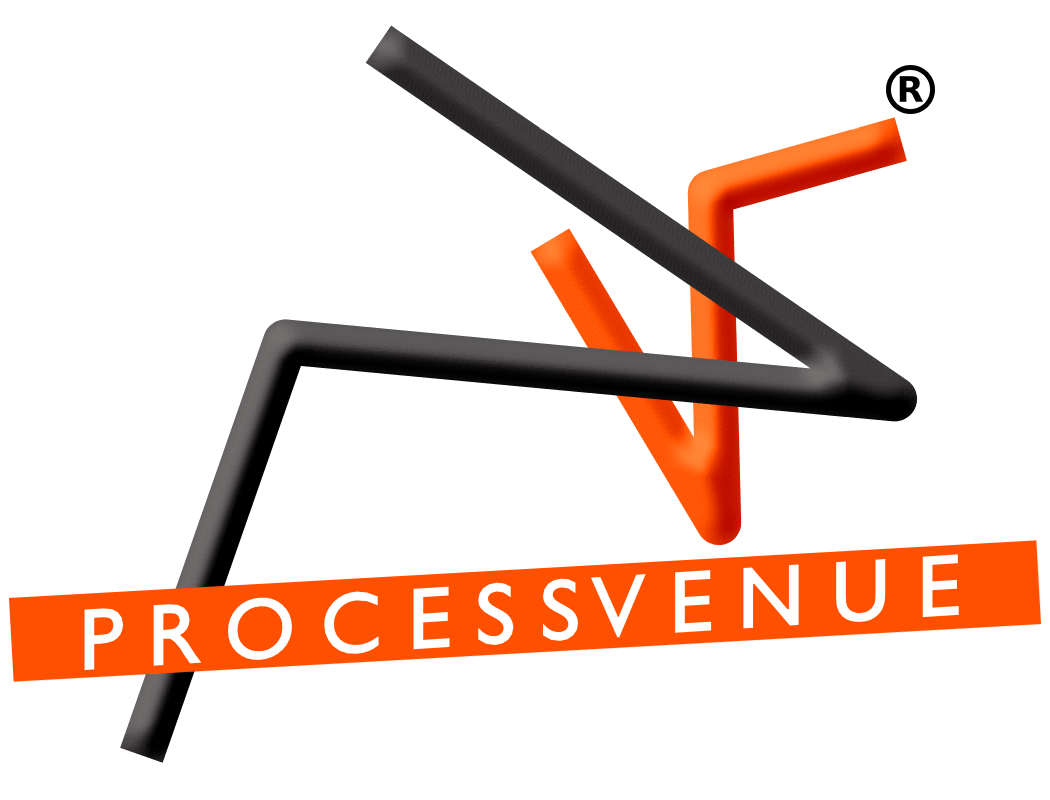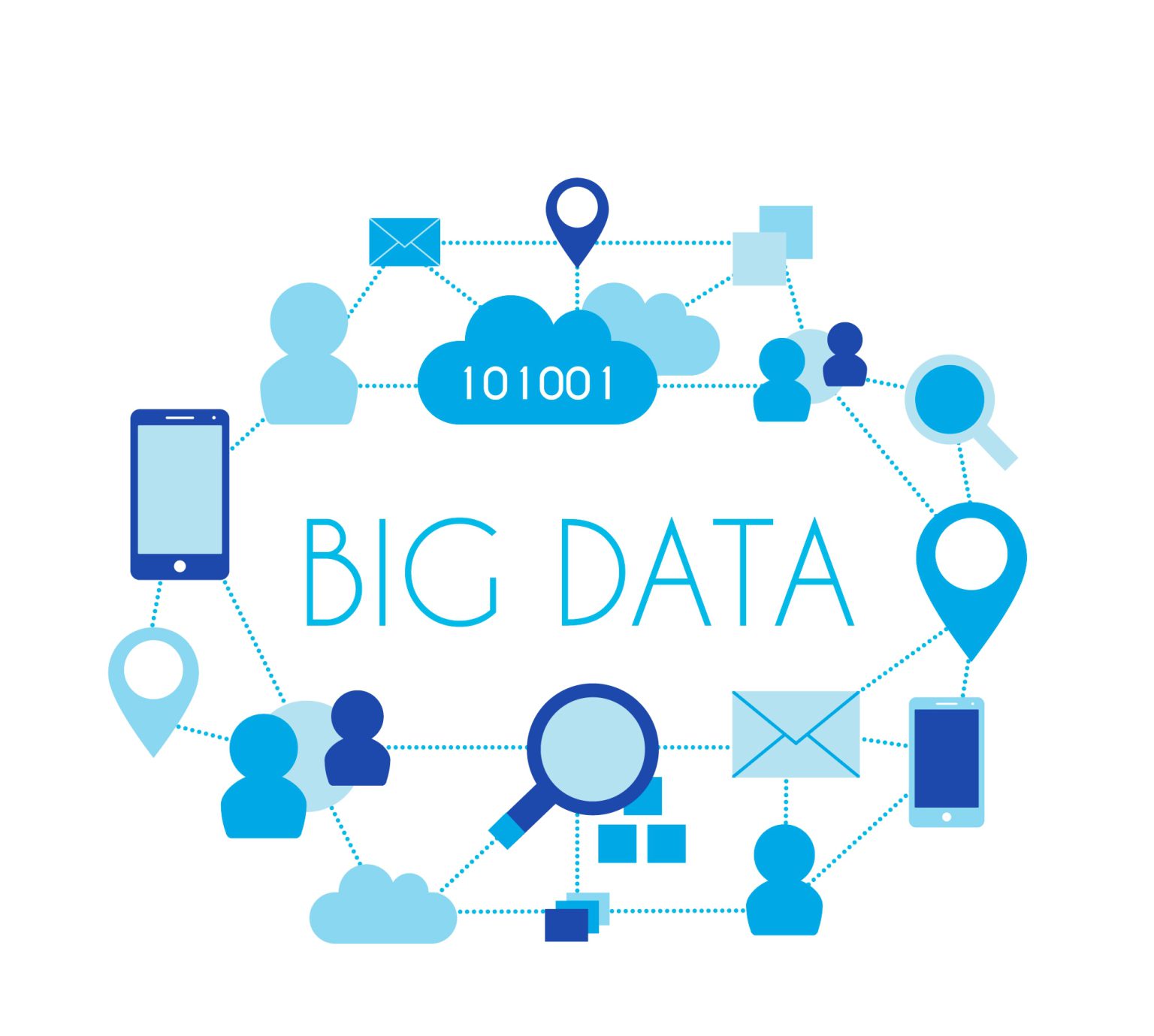
Securing Big Data: Programming Strategies That Work
|
Getting your Trinity Audio player ready...
|
As the world is coming closer with more and more exposure to digital education and digital information, the need to secure big data has become bread and butter for all kinds of enterprises. Companies having huge database struggle with online threats and need the security upfront. To combat such threats cybersecurity is the topmost priority. So, how do companies secure a large amount of data?
Storage of data is never a problem but to secure it is. There are trusted sources for protecting big data especially when the big data is private or a highly confidential one. But how many companies really know what type of data they need to protect? This has made most of the confidential data easy enough to be accessed by everyone, leaving companies broke.
Securing a small database is doable but big data solutions are tricky. Having loads of files and folders with intricate pieces of information and customer data, breaching the security protocol is the most estimated threat. So, what are big data and its role in an organization? Big data are extremely large data basis on which patterns, trends, and progress for the organization are examined. In other words, big data acts as a mirror to showcase the trends within the organization which helps in making future strategies and changes.
With the advancement in the technology, hackers have found new ways to steal the valuable information. So how to protect big data? What is the process of extracting sensitive data and keep it out of the reach of the hackers or other cyber threats?
Following are the stages which can help to fix big data security issues and make process way easier:
1. Taking Control Over Data
Organisations must establish strict access controls and encryption to prevent unauthorised access. Role-based access control (RBAC) ensures that only authorised personnel can modify or view specific datasets. Implementing multi-factor authentication (MFA) further strengthens data security.
The other way is to run the files through a program like Hive and Impala which reads and write big data and secure the program with malware as well.
2. Segregating The Sensitive and Non-sensitive Data
Not all data requires the same level of security. Classifying and segregating sensitive (financial records, customer information) and non-sensitive (public reports, general analytics) data ensures that critical information receives the highest level of protection while maintaining system efficiency.
3. Assessing The Database
Regular database audits help identify security gaps and vulnerabilities. Running penetration tests and vulnerability assessments ensures that the system is prepared for potential attacks. Secure configurations and automated backup systems add an extra layer of protection.
4. Monitoring The Database
Continuous real-time monitoring is essential for detecting unauthorised access, unusual activities, and potential security threats. Using AI-driven anomaly detection and intrusion detection systems (IDS) helps prevent security breaches before they escalate.
5. Creating Alerts For Reporting Purposes
Automated alerts provide instant notifications when a security threat or unauthorised access is detected. Setting up customised reports for database activities allows organisations to track security incidents and take immediate action to minimise damage.
6. Sharing Insights
Security measures should be transparent and collaborative within an organisation. Sharing security insights, risk assessments, and compliance updates across teams ensures a collective approach to data protection. Training employees on data security best practices further strengthens overall defence strategies.
How ProcessVenue’s Solutions Can Help In Your Growth
Organisations risk breaches, financial losses, and compliance penalties without robust protection. ProcessVenue offers advanced security solutions to safeguard your data, ensuring it remains confidential, accessible, and protected from cyber threats.
Some key benefits of ProcessVenue’s data security solutions:
- End-to-End Encryption: Protects sensitive data at rest and in transit, ensuring only authorised users can access it.
- Real-Time Monitoring: Detects and prevents security threats with AI-powered anomaly detection and intrusion alerts.
- Access Control & Authentication: ITo prevent unauthorised access, it implements multi-factor authentication (MFA) and role-based access control (RBAC)
- Automated Compliance Management: Helps meet GDPR, HIPAA, and other regulatory requirements, reducing legal risks.
- Secure Cloud Storage: Provides highly encrypted cloud solutions to protect business-critical data.
- Data Backup & Recovery: Ensures business continuity with automated backups and rapid recovery options in case of cyber incidents.
FAQs
Which technique is used to secure data?
Encryption is the most widely used technique to secure data. It converts information into an unreadable format, making it accessible only to authorised users with decryption keys. Other methods include access control, multi-factor authentication (MFA), and intrusion detection systems (IDS).
What are the different types of data security?
Data security methods include encryption, access control, network security, data masking, backup and recovery, and endpoint protection. Each technique helps prevent unauthorised access, data breaches, and cyber threats.
What method keeps data secure?
The method used to keep data secure depends on the risk level and data type. Encryption, firewalls, secure authentication protocols, and continuous monitoring are commonly used to protect sensitive information from cyber threats and unauthorised access.
What are the big data strategies?
The big data strategies focus on data governance, encryption, access control, anomaly detection, and real-time monitoring. Organisations implement secure cloud storage, AI-driven security tools, and compliance frameworks to manage and protect large datasets.
Which programming language is best for big data?
The best programming language for big data depends on the use case. Python and R are preferred for data analysis and machine learning, while Java and Scala are widely used for big data frameworks like Apache Spark and Hadoop. SQL remains essential for database management and querying large datasets efficiently.
Setting up this system may be time-consuming, but the results are worth it. Having alerts and reporting in place will support future threats and online breaches.
So why wait for the threat to occur, follow these simple steps and secure your data like a pro.
Conclusion
Implementing strong programming strategies is essential for protecting big data from cyber threats, unauthorised access, and compliance risks. Organisations can safeguard sensitive information and ensure data integrity by focusing on access controls, encryption, real-time monitoring, and automated alerts.
ProcessVenue provides comprehensive data security solutions, including AI-driven threat detection, secure cloud storage, and compliance management. These help businesses protect their big data while staying ahead of evolving security challenges.
[Follow us] and comment below if you face any issues regarding data safety. We would love to hear from you.



